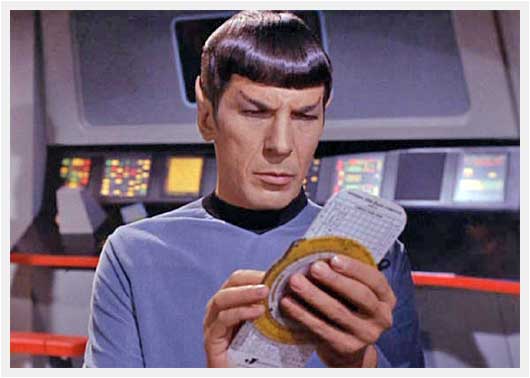Last year, while the government was running tests to muck about with the GPS, we lost the magenta line for 45 minutes in the middle of New York State.
Go back and listen to some of the LiveATC radio calls that were made by people who had no idea where they were or how to get to where they were going.
The Belt and Suspenders Brigade, (translation: geezers) flew along with our paper maps and E6Bs.
Even when I use a GPS device, I always have a paper map out to mark my last position, and an E6B to let me know how I'm doing if I need it.
I'd fly along with one of two electronic maps on board (soon to be three) that even though they aren't tracking and aren't "moving maps" anymore, I can certainly move myself and find landmarks and waypoints on them.
There's a "semi-current" few paper charts stuffed in the side pocket of the passenger side if multiple electronic maps truly failed, but paper in my lap with the finger on it nowadays? No. Just move the map yourself and pick an edge or the center of the thing for "present position last time I moved it myself" just like paper. Paper is a huge PITA. I had to fly myself 100 miles away to get a freaking paper chart for my initial CFI ride that nobody anywhere in the metro area had in stock. All it did was sit on the exam table and collect dust. We reviewed and I taught chart "stuff" on the iPad for the most part. I grabbed the paper to get to the legend faster just out of convenience for one thing I was "teaching" during that ride.
Sorry about the size of the above image - it scaled properly when first viewed.
And I can't seem to get to the "edit" box to delete it. Could a mod please do so?
If all the electronic whizzes here can't figure out how to zoom and unzoom a modern browser with keyboard shortcuts or the keyboard plus mouse wheel methods in all of them, they're not ready to drive an IFR GPS yet. LOL. This is brain dead simple and has been around in browsers for over a decade now, so there's no excuse not to know how to "fly" your software by now. Alternatively, use a much better interface via Tapatalk and everything is scaled to fit the screen automatically, which is how the main forum software should be handling pictures anyway.
And how does the E6B help you navigate around the mountain? Besides, out west, if single engine I will basically follow airways. Going direct does not generally seem worth the risk/reward.
Airway routing through the Rockies is not the most efficient or the most safe method of crossing them, ever. Seriously. No airway takes a reasonable route through the mountains. Many of them point you AT all the high terrain, because guess where the VOR stations need to sit to be usable without being blocked by large mountains. Other than in a turbo and preferably pressurized aircraft, I can't think of any good reason to fly an airway over the Rockies unless you're already in the low teens and just flying over them that way.
It's not about learning a harder old school way vs a quicker new school way. It's not even about a military benefit vs civilian.
It's about visualizing what the data presents. A simple App doesn't look left and right of the correct answer. An E6B does that. You can vary the numbers and see what a + or - in temp or PA does to DA. You can look at the wind correction angle and instantly see how a different heading is effected by the winds. You can look at the crosswind component diagram and at a glance know what your X wind component is. Check your fuel burn and then get your range with a few twists of the wheel. Get your descent rate for a given GS and glide slope in seconds without flipping to the back of a paper approach plate. I must say, learning to use an E6B was probably one of the quickest and easiest things to do in flight school.
The heart of the issue is this new wave of pilots who don't want to take the time to learn what the numbers mean and how they affect performance planning. They just want a quick "go / no go" result without understanding the heart of that answer. They really don't want to do any real preflight planning at all. They want to hop in the airplane like a car and go, then their EFB will make up for the lack of planning. A swag will be fine in their world. God forbid they actually have to take the time and use their brain to learn something about aviation.
A pilot with that innate curiosity to see how the numbers work can scribble a table of information on a piece of paper while punching in different numbers on an electronic device, just as easily as turning/seeing the numbers in the little window moving. There's nothing special about the E6B in this regard unless your learning style visual and even then, not needed.
Second most: "Look, it just did it again!"
Third most: "How do we get it to stop doing that?"
Oh, sorry, wrong list ... those are the top three things said by Airbus flight crews.

LOL. Friend shared this joke with me last night...
New [insert any highly automated glass cockpit aircraft here] pilot:
"What's it doing now?"
Experienced pilot in same aircraft:
"I don't know but I've seen it do that before!"



